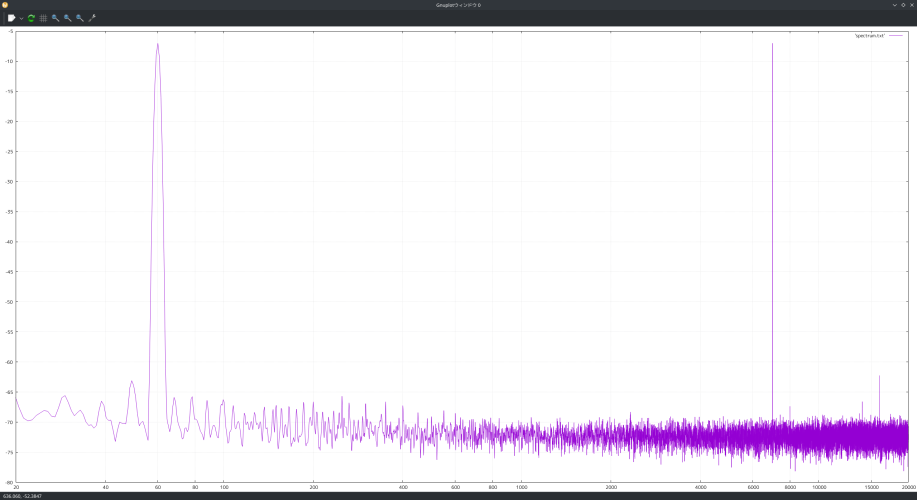I don’t know what to tell you. Audiograms are given in dB HL according to internationally agreed standards (ISO) and as this fact is often taken for granted some audiograms might just write dB as opposed to the full dB HL. It’s possible that instead of dB HL an audiogram might, in some regions, state a level relative to a reference dB SPL (which is what dB HL is). Obviously dB SPL is quite different to dB HL. You might want to look-up “audiogram” on Wikipedia (as well as “minimum audibility curves”).
I have an App to see all the values and compare them to each other to see how the hearing changed. This App says dbSPL, but the PDF says just db (does not specify if SPL or HL).
But i can change the Settings of the App from SPL to HL and the values do not change. So what was 0 dbSPL before is now 0 dbHL (there is no conversion going on).
As far as i understood, according to the ISO Standard 6.5 dbSPL equal 0 dbHL at 1kHz. According to Wikipedia, the Threshold of a young and healthy human hearing is 0db SPL at 1kHz, 1 atmosphere and 25 °C and between 2~5kHz it can go down to -9dbSPL
As i have -5db~0db at 1kHz,, i assume that it is not SPL as that would be pretty much impossible and the App that i have to review/compare the curves just doesn't know if its SPL or HL and uses SPL as default.
I did actually never care if its SPL or HL, there is a target curve and i need to be above and then im done. But i changed it to HL now as its obviously not SPL. Thanks for the clearification.
So your “perfect solution I have no issues with” is: “Not just does it have the channel imbalance at very low volume, it's also hard to precisely pinpoint the volume i want.”? And, the very poor dynamic range indicated by your own measurements (apparently due to improper gain staging/inappropriate amp) is also your “perfect solution”?
That is not my solution, whoever told you that is lying.
My solution is using the DAC for volume control and use an Volume on the Amp where both, in combination, perform excellent.
On the Amp i use
For my IEM its ~33%
For my HD 300 Pro its ~50% (that i almost never use...)
For my R70xa its 100% (these need quite some power)
All on Low Gain, of course
On the DAC i use
When listening to an concert, i am around -25 to -5db (Depends a lot on the loudness of the recording, of course)
When watching shows, i am usually around -60db to -25db (Depending on the Show, my mood, whatever)
When listening to BGM during work i am between -80db and -60db (Unless its a catchy song, then there are exceptions that go up to -15db)
Except for the R70xa, these values might change oh so slightly as i am not able to hit 33% perfectly (50% is pretty easy though

as one can imagine^^)
So when i switch the Headphone/IEM, i adjust the Volume on the Amp once and then use the DAC for volume control





















